Ad Blocker Detected
Our website is made possible by displaying online advertisements to our visitors. Please consider supporting us by disabling your ad blocker.
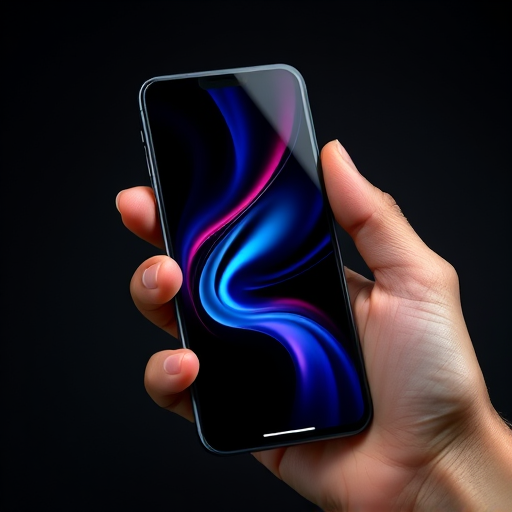
Smartphones have become an integral part of our lives in this technology-driven world. As our internet usage increases, so does the demand for smartphones. Every day, more people are purchasing new phones, and the variety of options continues to expand.
Choosing the right mobile from hundreds of options can be overwhelming, especially if you’re not clear on your priorities. Selecting the right phone can save you money.
This guide will help you narrow down your choices by analyzing the key considerations you need to check before choosing the best smartphone for you.
Budget For Smartphone
First, decide how much you’re willing to spend and how you want to allocate it. If you’re considering an Apple iPhone, budget flexibility is limited.
Apple devices are generally more expensive than Android devices. For Android devices, you can find decent options for basic daily use starting as low as Rs 6000.
From top-tier brands to local manufacturers, there are good Android smartphones available in every price range. So, the first step before buying a smartphone is to determine your budget for choosing the best smartphone.
Operating System For Smartphone
The operating system shapes the entire software experience on a smartphone. When it comes to mobile OS, the choice is between Android and iOS. Deciding between these two can be more complex than it seems, as both have their advantages and disadvantages.
iOS is less customizable but offers a powerful and seamless experience with regular updates and long-term support compared to Android. You can’t change the phone’s appearance or home screen using third-party apps, nor can you sideload apps from the internet.
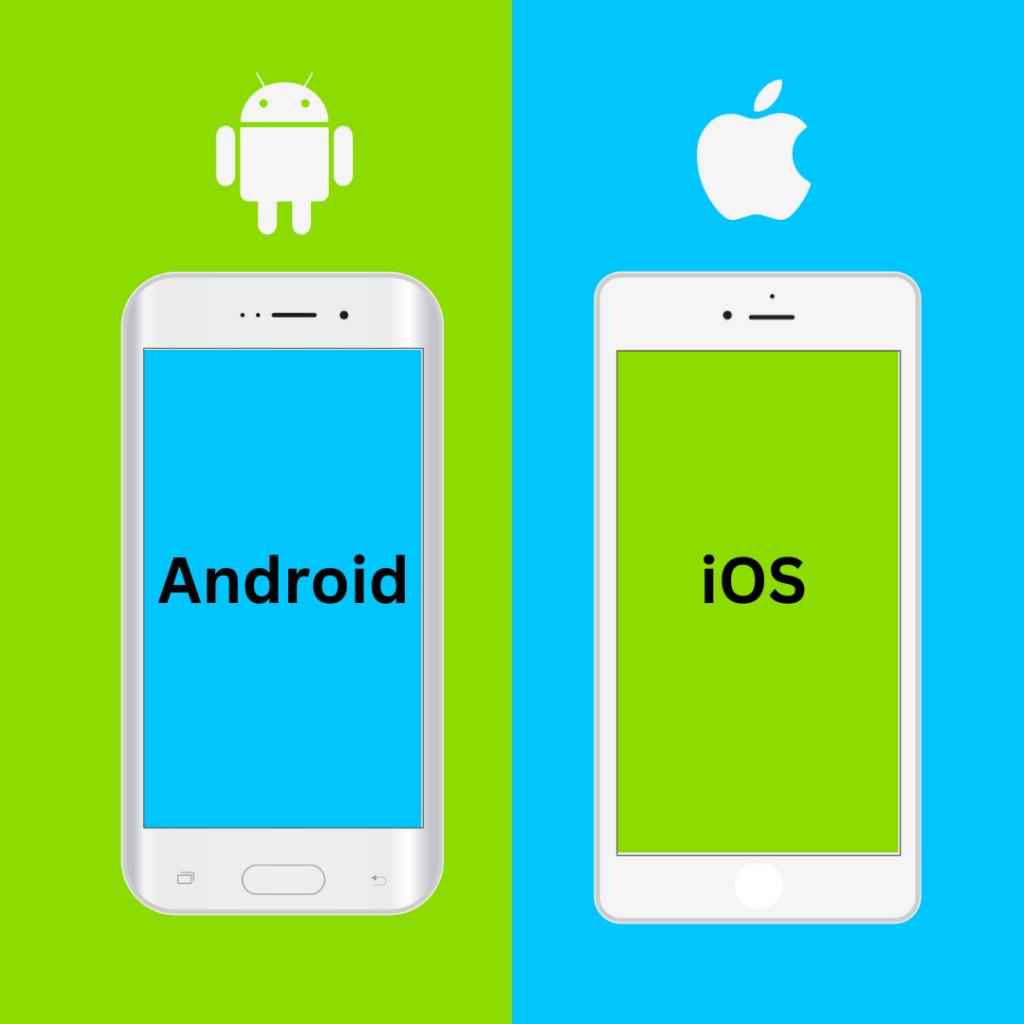
Conversely, Android is more customizable, though not as straight forward as iOS. However, the latest versions of Android are much simpler than earlier ones. Software updates may take longer to arrive because manufacturers often add their own interface on top of Android.
Most brands provide only one major Android update, while some promise at least two. Choosing a smartphone with the latest version of Android will bring new features and improved performance.
Processor For Smartphone
Smartphone performance depends on the processor and RAM. The processor acts as the brain of the smartphone. Without a good processor, your device’s capabilities are limited. Powerful processors can handle demanding tasks with ease. iPhones typically come with the latest and most powerful processors.

The most common types of processors are:
- Qualcomm Snapdragon
- MediaTek Helio
- Samsung Exynos
- Apple Silicon
Budget smartphones typically use MediaTek Helio processors, while the majority of Android smartphones have Qualcomm Snapdragon processors. Apple uses its Apple silicon processors in iPhones, while Samsung uses Exynos processors in its flagship smartphones.
Most modern processors include AI capabilities that enhance your smartphone experience. Therefore, it’s crucial to know which processor your mobile has when making a choice.
Apple processors are renowned for their raw power, while Snapdragon processors are equally powerful in the Android ecosystem.
It can be difficult to choose the best smartphone processor, but Choose a processor based on your needs and financial constraints. Choose a processor with a strong GPU if you enjoy playing video games or using other multimedia. A quad-core or octa-core CPU with a clock speed of 2 GHz or more should be adequate if you are a light user. Keep in mind that your smartphone’s processor is only one part, you should also think about other aspects also.
RAM For Smartphone
When it comes to RAM (Random Access Memory), you need at least 4GB to open and run apps quickly and without lag. The type and amount of RAM determine how efficiently apps operate on your mobile.
To enhance multitasking, your smartphone should have sufficient RAM. 4-8 GB of RAM is ideal for smooth performance. Some phones even offer 8-16 GB of RAM, which is more than necessary unless you are a heavy multitasker.
For light users who check WhatsApp, make calls, text, email, consume media, and play casual games, 2-4 GB of RAM is sufficient. 4 to 8 GB of RAM is adequate for almost any usage. More than 8 GB of RAM can be excessive unless you are a hardcore multitasker.
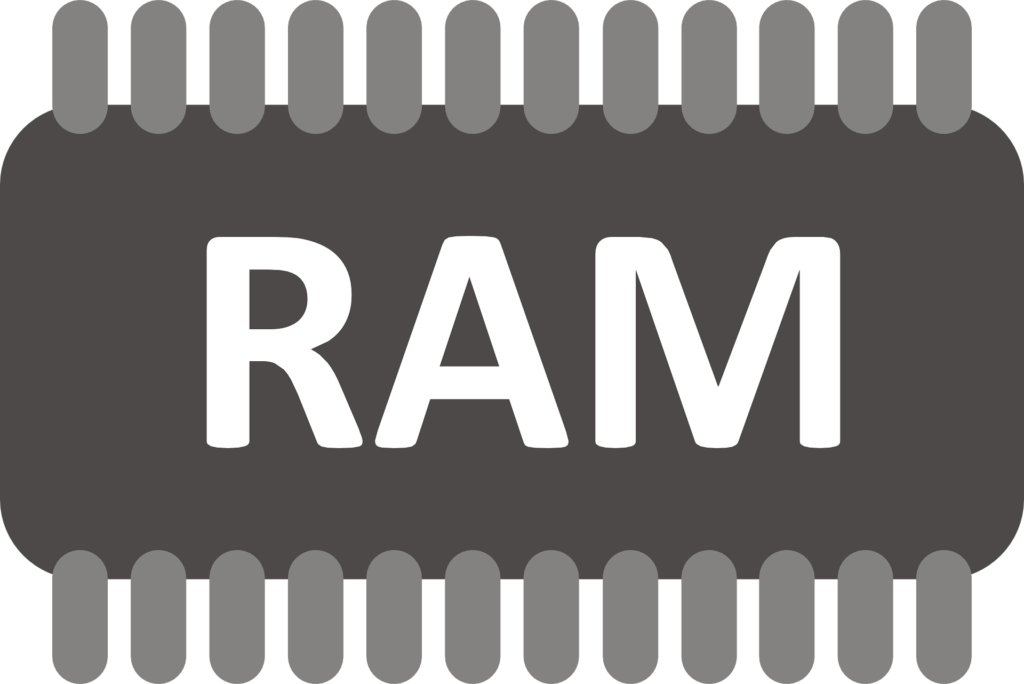
Some brands promote VRAM (Virtual RAM) as additional RAM, but this can be confusing. Virtual RAM is a technology that allocates a portion of storage memory to support RAM through software. If a brand advertises 4GB of virtual RAM, it means 4GB of storage is allocated to act as RAM, not that the phone has an extra 4GB of physical RAM.
A phone with 6 GB of physical RAM will perform better than one with 4 GB of RAM plus 4 GB of virtual RAM. Virtual RAM doesn’t increase the actual RAM but helps in better memory management, allowing your phone to keep more apps open.
In the end, how you use your smartphone decides how much RAM it needs, but this is no longer an issue. One may argue that 16GB is future-proofing, or maybe a select few heavy users will benefit with 12GB. However, for the great majority of users nowadays, anything more than 8GB is definitely overkill.
Camera For Smartphone
Over the past few years, smartphone cameras have become much better, with more megapixels. Higher MP counts, however, do not always translate into better images because quality images really depend on other criteria, including image processing, software algorithms, and sensor size. Thus, don’t always choose a camera with a greater MP count.
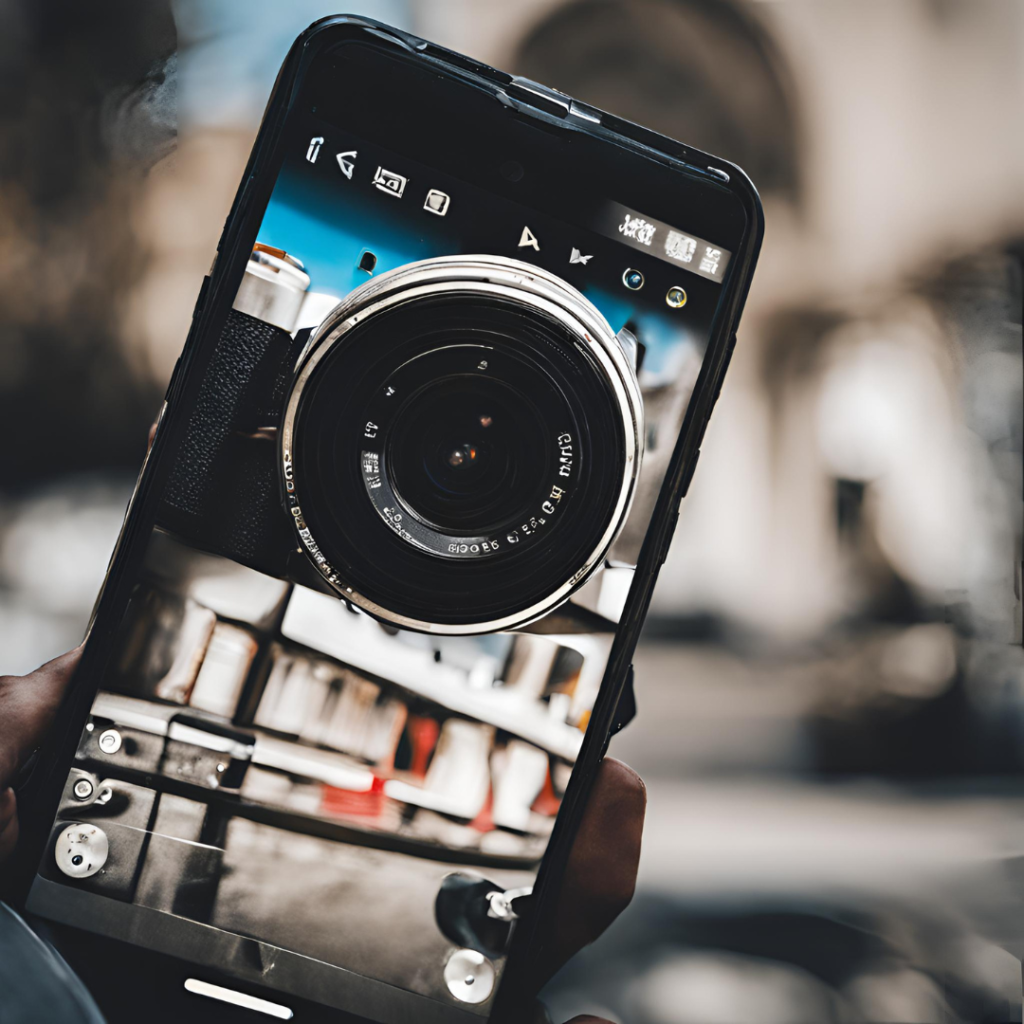
Because manufacturers prefer multi-camera configurations, it is uncommon to see phones with a single rear camera these days. A wide-angle camera for wider scenes, a depth sensor for improved background effects, and a macro lens for close-ups are usually included with a primary lens that has a larger megapixel count.
If at all possible, try the camera yourself or read reviews from reliable sources because sometimes more lenses are added just to improve the specifications.
Smartphones with AI features including night mode, optical image stabilization (OIS), and optical zoom compared to digital zoom.
Storage For Smartphone
You must have enough capacity on your device to store everything, including apps and pictures. While premium smartphones can have up to 1TB of storage, the majority of low- and mid-range smartphones have 64GB or 128GB. If there is a specific slot for a microSD card, 32GB of storage is suitable for low-end devices, which might save you money.
App load times and data transfer rates are influenced by storage type.
UFS 3.1, the most recent and fastest version, will speed up your mobile device. Given the lower price point, it makes sense that some firms employ the slower UFS 2.0 in their low-end devices.
Battery For Smartphone
Strong-battery smartphones can easily run for a full day. If frequent recharging is not a concern for you, a bigger battery capacity is advised.
High-capacity batteries are now standard on the majority of smartphones, regardless of price. For at least 5–6 hours of moderate-to-heavy screen time, a battery with a capacity greater than 4000 mAh is advised. Choose a battery with a capacity of 5000 mAh or more if you’re a serious gamer.
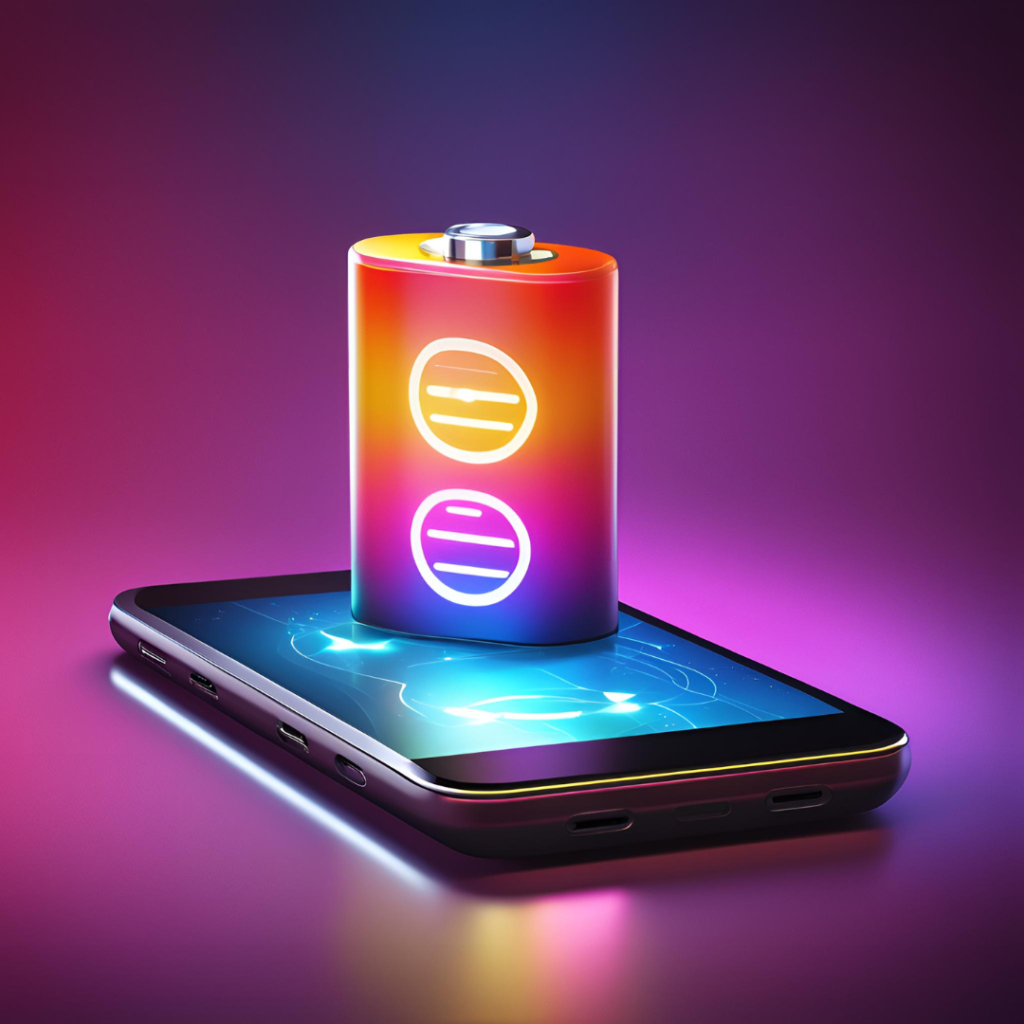
Faster charging becomes crucial as battery capacities rise. Verify how quickly the adaptor that comes with the phone charges. While some gadgets may allow fast charging, others only come with a 10W charger. You might have to buy a fast charger separately in certain situations.
4G or 5G For Smartphone
Mobile data speeds of up to 20 gigabits per second (Gbps) at peak rates and more than 100 megabits per second (Mbps) on average are possible with the newest technology, 5G. But that doesn’t mean you have to pick a 5G phone.
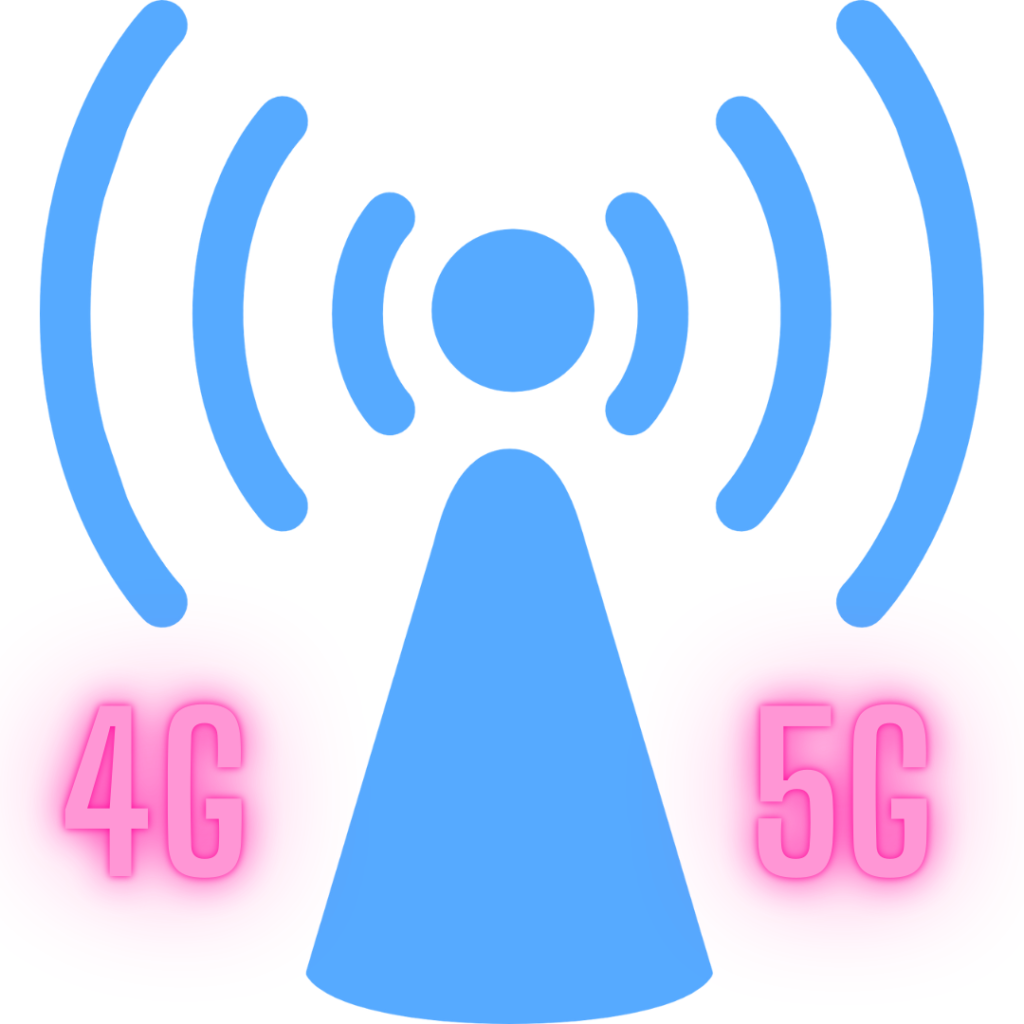
It will take some time to reach every location, given the present 5G coverage. Thus, it’s critical to consider if you now require a 5G device and whether your region is prepared for 5G. It can be worthwhile to spend more money on a 5G phone if you intend to retain it for a few years. Since practically all smartphones now support 5G, before choosing the best smartphone, find out how many 5G bands it supports.
Other Things to Consider for Choose the Best Smartphone
- Screen Size and Build Quality
- Wireless charging
- Fingerprint or Face Recognition
- IP rating
- Speakers
- NFC
- Dual sim & SD slot
- Dual-band WiFi
- Brand and After-sales Service
- Accessories and Add-ons